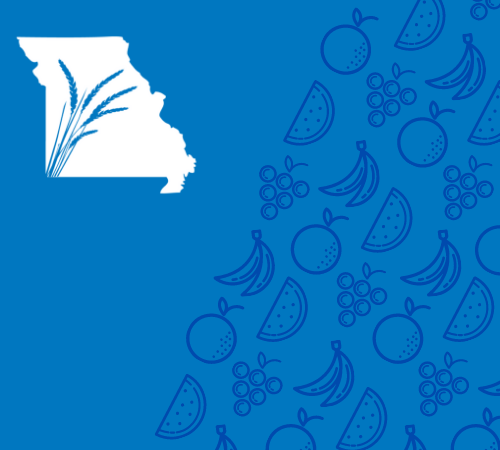That is a common question people ask and it’s a good one. On the surface, it doesn’t make much sense. We are rich in resources and our nation’s farmers feed the world. So, why do our neighbors struggle?
To fully understand what hunger looks like in the U.S. we need to recognize hunger doesn’t necessarily mean starvation like we see too often in less developed countries. Instead, it is a lingering uncertainty of how future nutritional needs will be met. It’s when a mom or dad is unsure how they’ll feed their family tomorrow or next week.
Two of the main causes of hunger are 1. Prolonged, extreme poverty and 2. A serious, unplanned life event, such as a family member getting sick or losing a source of income. Regardless of the cause, a person classifies as “food insecure” or hungry if they don’t know how they’re going to get enough food to feed their family in the short-term.
Studies abound that show our country has more than enough food to feed all people, it’s just a matter of connecting the dots in the supply chain. Simply put, it’s not a lack of food.
So, what gives?
When people think of hunger in America, they usually have some preconceived notions. These misunderstandings and misconceptions can lead to a lack of action, meaning that the eradication of food insecurity isn’t high on the priority list. Hunger remains a persistent problem as a result.
Some of those misunderstandings include:
- “The unemployment rate is low, so people can just find a job”. The employment rate only tells part of the story. It does not account for underemployment, which is when someone makes less than they did before. If a person loses a $40,000 annual salary and has to take a job making $25,000 a year, there’s going to be significant cuts in the personal budget. Rent or mortgage payments are a constant. Medical bills can add up and must be paid. Utilities are non-negotiable. There’s one area of the budget where people do have flexibility and is usually cut first – nutrition. Another factor that is not represented in unemployment numbers is the connection between stagnant wages and the soaring costs of healthcare, food, and other basic necessities.
- “Employed people are unaffected”. Nearly half of the people who come into a food pantry are employed. Their income is simply too low to help cover basic needs.
- “Government programs are in place to take care of hunger”. Food stamps, now known as SNAP, are designed to provide food for about two weeks out of the month. What about the other two weeks?
- “Only certain populations are impacted”. Hunger exists in every one of Missouri’s 114 counties. The problem exists across urban and rural areas alike. This topic is something we’ll explore in future posts, so stay tuned.
In Missouri, 1 in 8 people struggle with hunger. This unrelenting problem persists because, in part, we let it. Imagine if we tackled this challenge with the same fervor and sense of urgency as economic development, climate change, or medical advances. What if we said, “no one in our neighborhood is going to bed hungry tonight”. The impact we could have would be tremendous, granting the question of “How does hunger exist in America?” an answer. “It doesn’t”.

